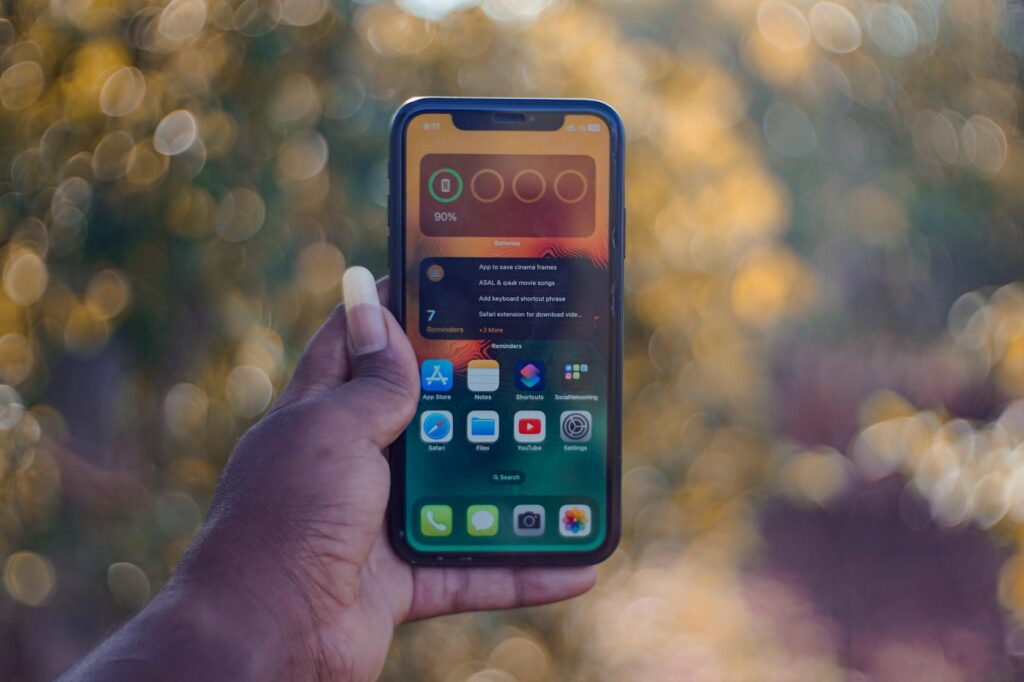What is single-tasking applications?

What is single-tasking applications?
In today’s fast-paced world, we often find ourselves juggling multiple tasks at once. Whether it’s answering emails while on a conference call or scrolling through social media during lunch, multitasking has become the norm. However, this approach can lead to decreased productivity and increased stress. Enter single-tasking applications—tools designed to help you focus on one task at a time. These applications encourage concentration, enhance productivity, and ultimately lead to better outcomes in both personal and professional settings.
Understanding Single-Tasking Applications
Single-tasking applications aim to eliminate the distractions that come with multitasking. By encouraging users to concentrate on one task, these apps promote a more effective workflow.
Definition of Single-Tasking Applications
At their core, single-tasking applications are designed to help users focus solely on one task until it’s completed. Unlike traditional productivity tools that might allow for multiple concurrent tasks, these applications create an environment that fosters concentration. They can take various forms, from simple to-do lists to sophisticated task management systems.
Comparison with Multitasking Applications
When contrasting single-tasking applications with multitasking applications, it’s clear that both have their advantages and drawbacks. Multitasking apps might seem appealing for their versatility, but they often lead to decreased focus and increased errors. Studies show that multitasking can reduce productivity by as much as 40% (you can explore more about this in Microsoft’s overview of single-tasking).
In contrast, single-tasking applications allow users to hone in on one objective, making it easier to complete tasks efficiently. By simplifying the decision-making process, they reduce the cognitive load and stress associated with managing multiple tasks.
Benefits of Using Single-Tasking Applications
Incorporating single-tasking applications into your daily routine can lead to numerous benefits that enhance overall productivity.
Enhanced Focus and Concentration
One of the primary advantages of single-tasking applications is the improvement in focus. These apps limit distractions by providing a clear framework for what needs to be done. By concentrating on one task, users can achieve a state of flow—a mental zone where productivity peaks. This concept is emphasized in articles about single-tasking techniques.
Improved Time Management
Single-tasking applications can significantly aid in better time management. By prioritizing tasks and breaking them down into manageable segments, users can allocate specific time blocks to work without interruptions. This structured approach helps to ensure that important tasks receive the attention they deserve.
Increased Productivity
Statistics reveal that single-tasking can lead to higher levels of productivity. Research indicates that individuals who focus on one task at a time can often complete their work faster and with fewer mistakes. This not only improves the quality of output but also boosts overall morale. In fact, embracing single-tasking techniques could be the key to unlocking your full potential.
Popular Single-Tasking Applications
There’s a wide range of single-tasking applications available today, each with unique features designed to help you focus better. Here are a few standout examples:
Todoist

Todoist is a popular task management tool that allows users to prioritize tasks efficiently. Users can create project lists, set deadlines, and assign priorities. The app’s clean interface helps minimize distractions, focusing your attention on what matters most.
Photo by Soundarapandian MS
Focus@Will
Focus@Will takes a unique approach to enhancing concentration. This application provides curated music and soundscapes specifically designed to help users maintain focus. The playlists are scientifically optimized to improve attention span and reduce distractions, making it a fantastic companion for anyone looking to get into a deep work session.
Forest
Forest gamifies the single-tasking experience. When you want to focus, you plant a virtual tree that grows while you work. If you leave the app to check your phone, the tree dies. This innovative approach not only promotes single-tasking but also encourages users to stay off their devices. Plus, with every tree planted, you contribute to real-life tree planting initiatives.
How to Integrate Single-Tasking Applications into Daily Life
Incorporating single-tasking applications into your routine can be a game-changer, but it’s essential to do it effectively.
Setting Clear Goals
Before diving into any application, take a moment to define your goals. What do you want to accomplish? Clear goals provide direction and purpose. By knowing exactly what you need to focus on, you can leverage single-tasking applications to their full potential.
Establishing Routine
Creating a routine that includes single-tasking applications can also enhance your productivity. Set specific times throughout your day where you designate blocks solely for focused work. Integrate breaks to recharge your mind, too. This structured approach can help you maintain high levels of focus and effectiveness.
Conclusion
Single-tasking applications represent a refreshing shift in how we approach productivity. By encouraging us to focus on one task at a time, these tools help us overcome the pitfalls of multitasking. With enhanced focus, improved time management, and increased productivity, single-tasking applications have the potential to transform how we work. Embrace these strategies and unlock your productivity potential today!